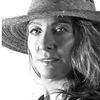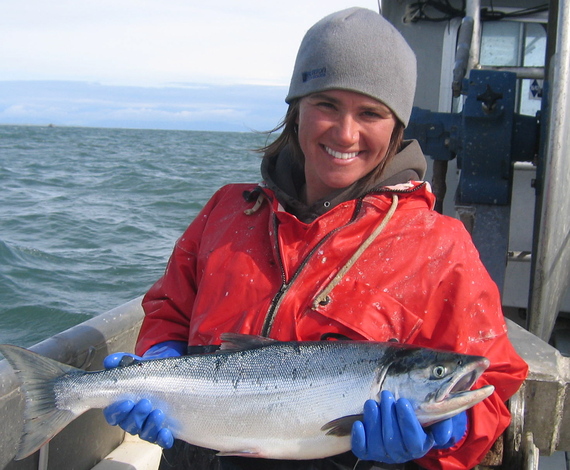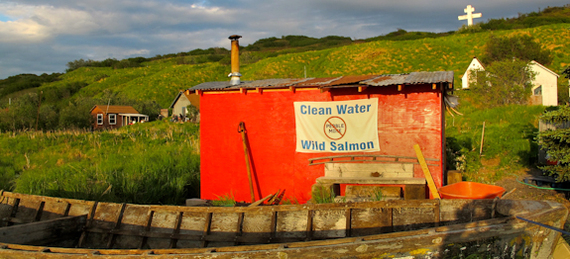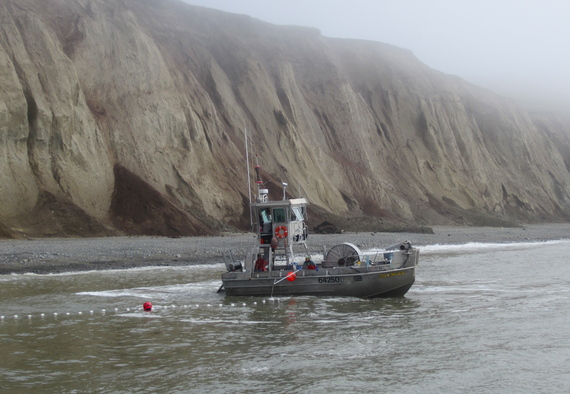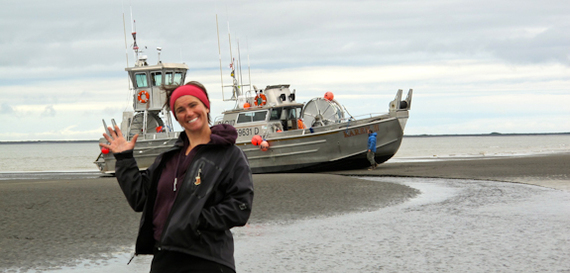Co-authored with Lee Glenn
Early in our national history, an annual ritual of sharing a great meal with strangers and family took hold. Its endurance is a testament to the power of how a meal unifies those around the dinner table, how a meal can bridge a cultural, political, demographic and socio-economic divide... establishing connectivity.
With this in mind, I can't help but ask how we can, as a nation, bridge the divide in the lack of quality in our food supply. Some answers were to be found in the recent Chefs Collaborative Summit in historic Charleston, South Carolina. It's the gathering of 300 of the best chefs and sustainable food producers in the nation, two dozen interviews presented an exciting range of ideas and a common commitment to change.
I asked the interviewees two questions:
1. What does sustainability mean to you in practice?
2. What support do you need to be economically sustainable?
Most often a sigh was the reaction, followed by a quizzical look, followed by a thoughtful response. This was a complex question to answer in a short video interview, but the collected answers form an outline that chronicles the growing legacy of our current sustainable foods landscape.
One particular fisherwoman, proprietor of the Wild Salmon Company in Bristol Bay, Alaska, Heidi Dunlap, bubbles to the top in the urgency of her situation. Her message needs attention and so I'm telling it first.
The Interview:
HD: I've been a commercial fisherman for the past 20 years. My father's been a commercial fisherman his whole life and he's passed skills and traits down to me. I'd like this resource to be around for my children as well.
Alaska, where we fish, is a wild, rugged, undeveloped place. It's profound and beautiful. The return of millions of salmon every year is an amazing spectacle of nature. This year we had twenty-three million fish return, which is a small return. Four years ago we had forty million fish return.
On a sustainability level, what the biologists want for salmon escapement for Bristol Bay is a mid-point goal of nine million salmon. Those nine million fish spread between five major river systems in the Bay. That's the sustainable level. If there are too many going up river there's not enough spawning grounds or nutrients for juveniles. If you consider nine million fish to be the sustainable marker then there's fourteen million fish left to harvest. That's a lot! That's a big natural resource!
In Bristol Bay, the commercial fishery has been in existence for over 125 years. To have an extractive, natural resource industry, be sustainable for so long is really a special thing.
JF: So, what kind of support do you need in order to keep you economically sustainable?
HD: Well right now, one of the biggest things that we're battling is Pebble Mine. If approved, it would be one of the largest open-pit gold and copper mines in the world. It's slated to go in at the headwaters of where our fish return. If you look at a map of that area it's riddled with lakes and rivers. It's all tundra, basically, marshland. It's a monstrosity of a mine and there's no way that these two industries can co-exist. So right now, what's really important is that people know about it. People need to speak out, and decide that salmon is more important than mining for gold.
They are an amazing species, I think it's fascinating that the salmon not only return to their natal stream, but they spawn within feet from their birth spot. Why wouldn't you want that to be protected? Right now we have this beautiful abundance, a sustainable resource, the largest run of sockeye salmon in the entire world! Why put it at jeopardy?
The mining plans state that the waste created would need remediation until the end of time. Can you imagine, putting something like this in such pristine land, with this vibrant sustainable resource saying "Yeah we're gonna put in this huge mine and it's gonna need remediation forever, but don't worry, we'll take care of it."
Do you think that company is really going to be accountable in fifty years? Is it even going to exist? There's no way you can put a mine in like Pebble and not pollute the water systems. It might take twenty years to kill off our salmon run, but it will happen. Haven't we already screwed up enough things? Why even take the risk?
Recently, the EPA came out with a draft environmental assessment and there was a public comment period. I believe there was close to eight-hundred thousand comments from people in the U.S. and I believe about 70 percent were anti-Pebble, and that was enough to make Anglo American, a 50 percent backer in the mine, drop out. That's really a big step.
We need the American public to take a stand and help us protect this amazing sustainable wild food source through Save Bristol Bay.
This interview drives home that we are all eaters, we are the end point of the agricultural continuum. We are actively participating whether we're aware of it or not.
As per the Rodale Institute: "Healthy soil = healthy food = healthy people." As per Heidi's message: "Healthy water" is equally critical.
The Chefs Collaborative, other leading chef 's groups, farm-based organizations and the FoodShed Exchange encourage awakening to these issues and involvement... vote with your choices, vote with your dollars.
Photos courtesy of Heidi Dunlap
